Hot on the heels of the revised 2025 WRC points refinement comes the announcement of the 2027 WRC regulations which have been formulated with a ten-year life span and are underpinned by three key pillars; cost-reduction – estimated to be 50% cheaper, flexibility of car body types – hatchbacks, sedans, SUVs and concept cars – all with a common safety cell, which has been designed to increase competition and attract new manufacturers to the sport.
The regulation set also follows motor industry trends allowing for the use of multiple different power plants – sustainably-fueled internal combustion engines, hybrid and fully electric propulsion with technology used to ensure power and torque parity between the various configurations.
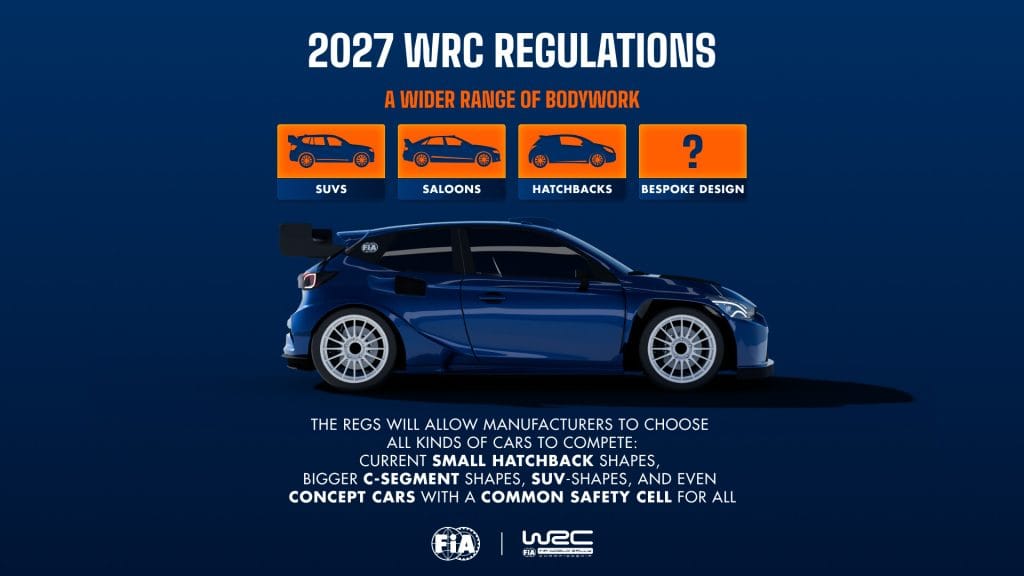
The massive cost savings will be achieved though component cost specifications rather than financial regulations as well as in the technical designs of certain components that will make them more durable over the course of a rally.
In addition to reducing the cost of the cars themselves, running costs for teams are set to be reduced by limiting personnel, reducing logistics transport costs, increasing the use of local infrastructure and increasing data connectivity to aid off-site engineering.
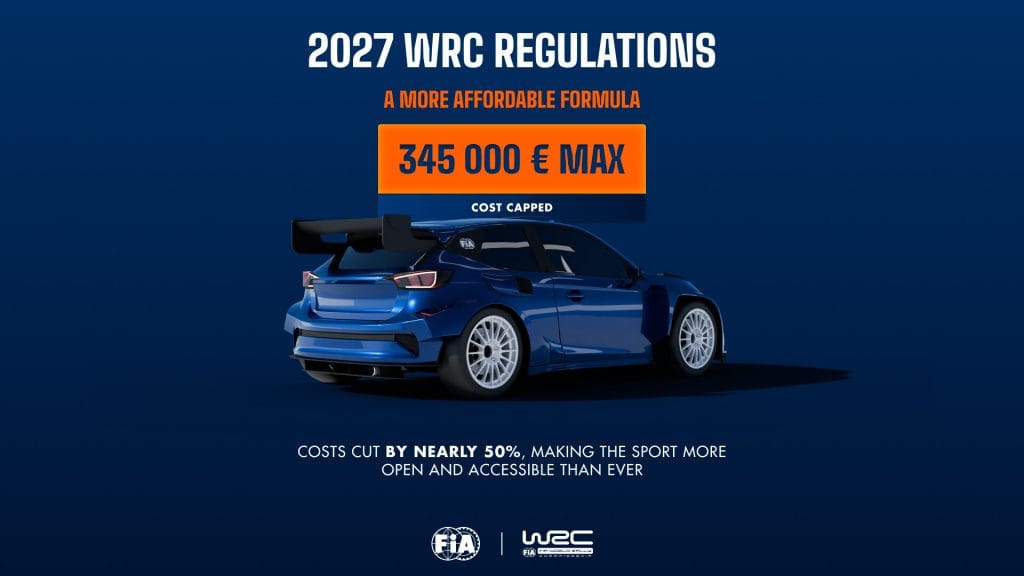
“The regulations that we have approved today are critical to the long-term growth of the FIA World Rally Championship,” expressed FIA President Mohammed Ben Sulayem at Wednesday’s announcement. “Just one year ago, we identified that there was the need for the rally stakeholders to come together and begin a more coordinated way of working. That we have published these regulations for 2027 highlights that the work we have done has been a success.”
Echoing the thoughts of President Ben Sulayem and Peter Thul was FIA President of the WRC Commission, Pernilla Solberg: “I would like to thank all the Commission members and the WRC Technical Working Group for the significant amount of work that has got us to this stage. We set some clear objectives based on what the competitors, organisers and fans were telling us, and this has resulted in a set of regulations that will massively reduce costs while giving the WRC the flexibility to remain relevant regardless of the shifting automotive landscape.
“We still have some work to do, but I’m really excited for this future.”

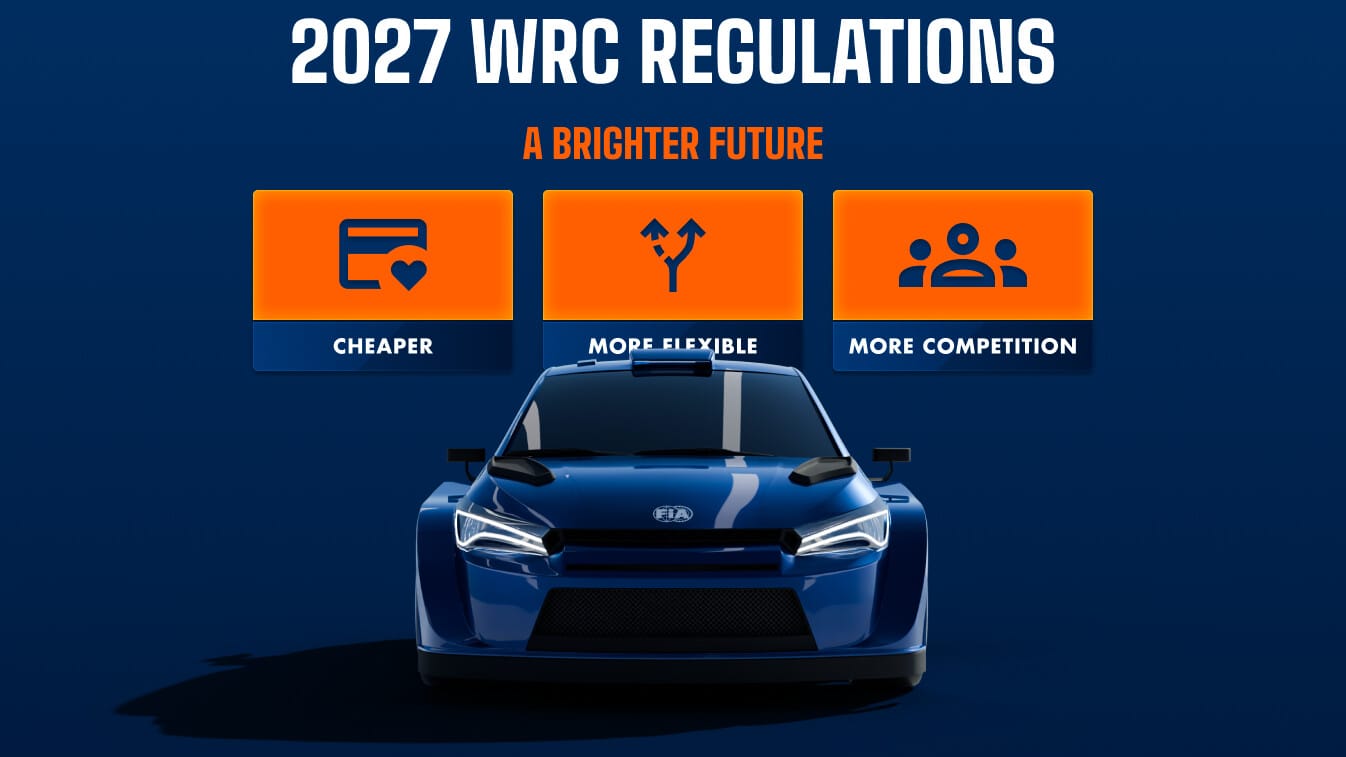


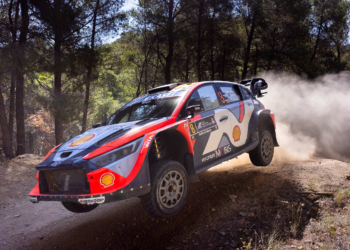
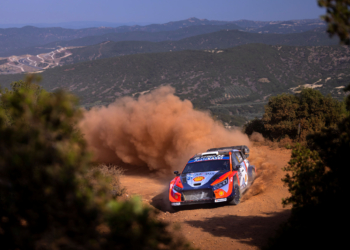
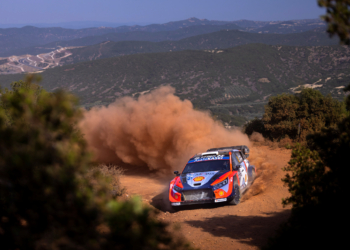
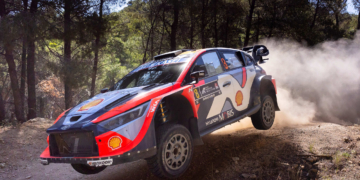

Their flower strains are astrologically timed to resonate with specific zodiac archetypes during solar alignments.